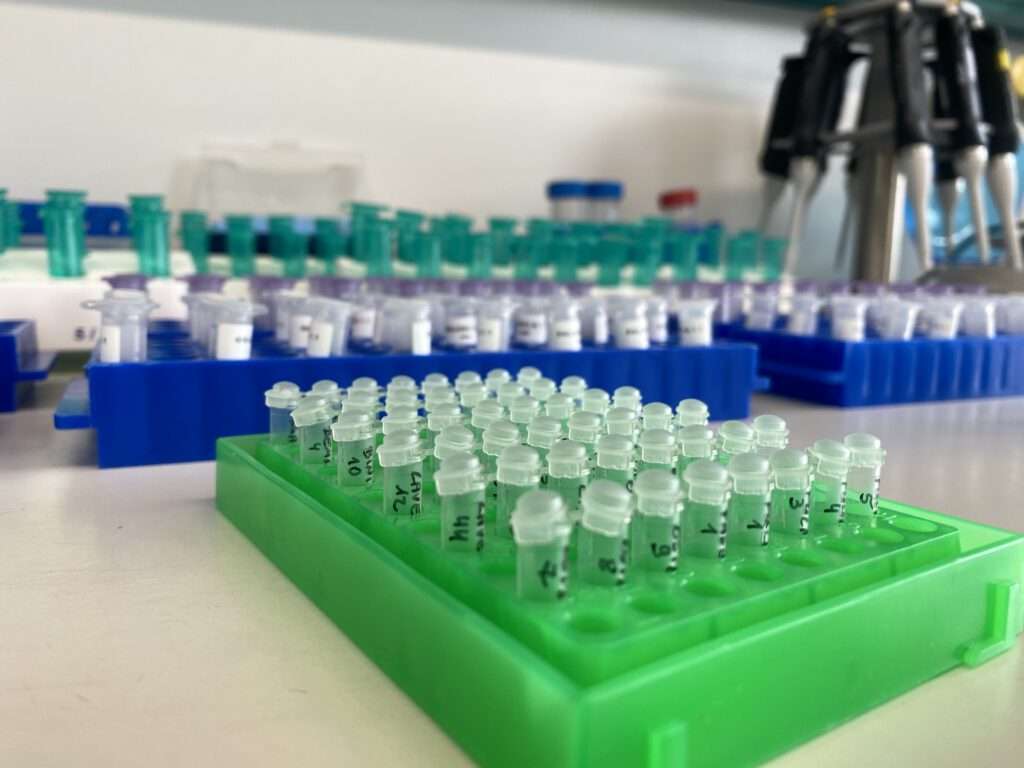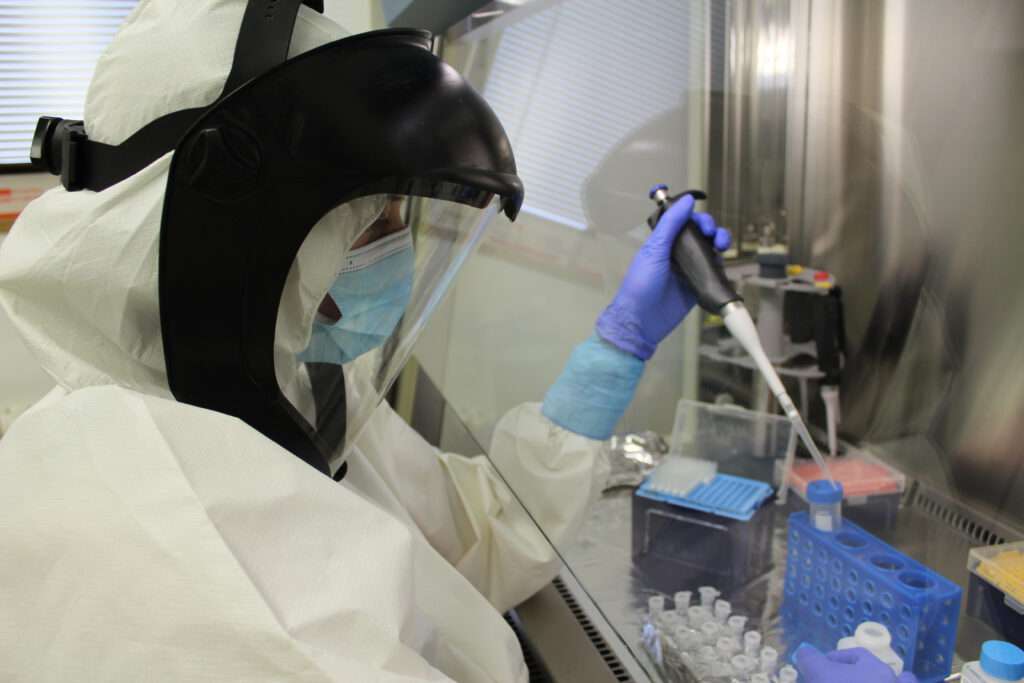Biomolecule & Bioinformatics

Recovery of aDNA from archaeological sediments is particularly useful for identifying pulses of occupation by specific hominin groups, since DNA can be deposited during habitation and does not require an individual to die, or for their skeletal material to be preserved. In fact, contrary to other aquatic and terrestrial sediments, archaeological cave sediments usually represent precise cultural and chronological contexts, enabling a direct link with past human occupation and behaviour. For example, high resolution sampling for aDNA demonstrated that caves were occupied repeatedly by different hominin groups (Denisovans and Neanderthals), with phases of occupation separated by non-occupation phases during which different animal taxa were present. These studies show the potential of cave sediment aDNA to provide novel insights into the population dynamics of hominins but also their interactions with other organisms.

Methods
DNA from the cave-samples will be extracted and converted into genetic libraries using a liquid handling system for the parallelization of the work. This genetic pool will then be amplified and shotgun sequenced on next generation sequencing platforms at the MPIBT and UNITUE. The first step in the genetic analysis will be to improve the bioinformatic algorithms to screen the complex metagenomic background of sediment DNA. We will develop new computational pipelines to match every single DNA fragment against the ever growing global genome database with the goal of drastically reducing computational runtime. The aDNA will be taken from (micro-)coprolite samples and also be extracted from the sediment matrix of caves with and without human occupation and directly compared to their microbial profile employing bioinformatic methods.
Contact persons and Research Areas
(University of Tübingen, Max-Planck-Institute for Biology, Senckenberg Centre for Human Evolution and Palaeoenvironment)
Archaeo- and Palaeogenetics
The research focus of the group entails the genetic analysis of ancient human, pathogen, and animal diversity to understand human history and evolution but also uses multiple ancient DNA sources including ancient animal remains.
Early Prehistory and Quaternary Ecology
Palaeoproteomics in Pleistocene archaeology and human evolutionary context.
Algorithms in Bioinformatics
The main focus of the lab is on developing new and advanced algorithms for bioinformatics. Despite others: Microbiome analysis and simulation, Phylogenetic networks and trees, Models, algorithms, software and complexity.
Biogeology
Investigative approach to isotopic tracking within the organic and mineral fractions of ancient skeletal (and dental) remains of both hominids and terrestrial animals.
Interfaculty Institute for Bioinformatics and Medical Informatics (IBMI)
Pathogenomics of bacteria, Computational paleogenomics, Integrative analysis of large-scale genomic and transcriptomic data, development of algorithms and tools for the analysis and visualization of large-scale expression data.
Max Planck Institute for Biology Tübingen
Molecular Biology, Department of Microbiome Science and Computational Biology and Causal Inference: Advanced molecular biology research on plant evolution and adaptation.
Microbiology/Biotechnology Interfaculty Institute of Microbiology and Infection Medicine
The group is interested in the evolution and distribution of bacterial secondary metabolites. They are experts on gut and soil microbial community evolution, employing bioinformatic methods.